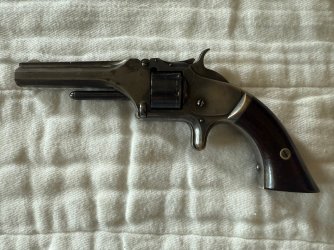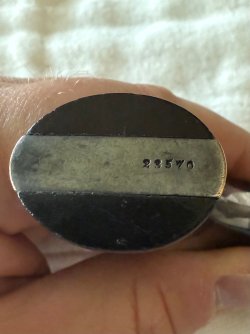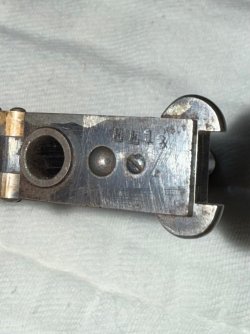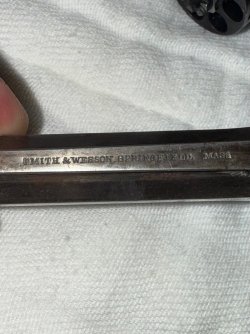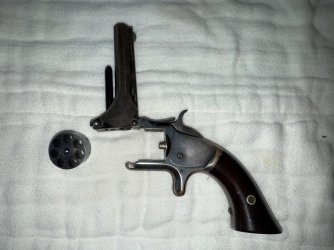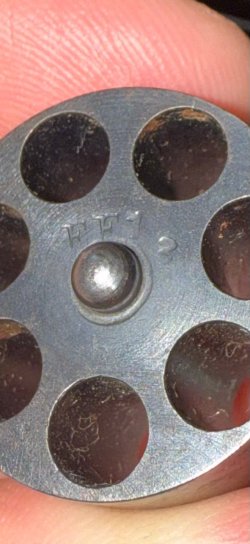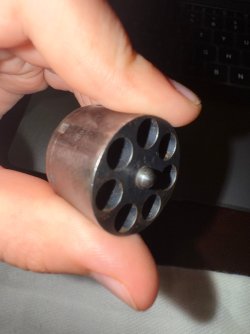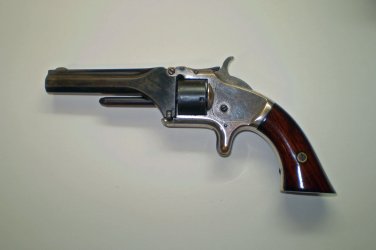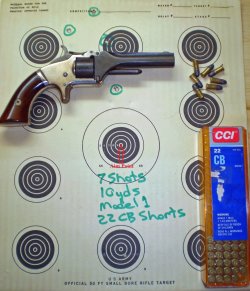- Joined
- Jul 13, 2025
- Messages
- 1
- Reaction score
- 8
This was recently passed on to me and belonged to my great grandfather. Has been displayed in frame and stored for many years. I know very little and would like to learn as much about this model and caliber as possible. Curious to know approximate value or range for insurance purposes.
Action is operational and piece is in excellent working condition for age. This piece has piqued my interest in antique firearms and hope this is the beginning of a new hobby!
Top of barrel is stamped Smith & Wesson, Springfield, Mass
Cylinder is stamped Patented April 5, 1855 July 5, 1859 & December 18,1860
Please see attached pictures for additional details.
Action is operational and piece is in excellent working condition for age. This piece has piqued my interest in antique firearms and hope this is the beginning of a new hobby!
Top of barrel is stamped Smith & Wesson, Springfield, Mass
Cylinder is stamped Patented April 5, 1855 July 5, 1859 & December 18,1860
Please see attached pictures for additional details.

